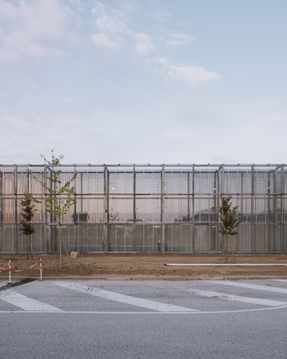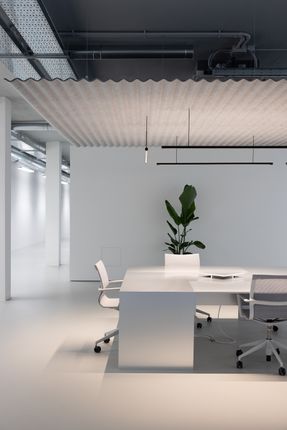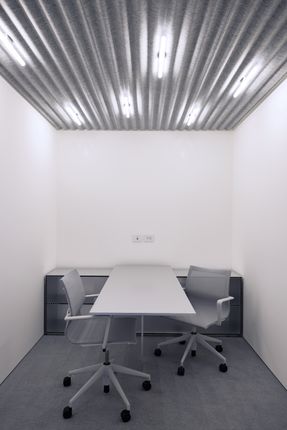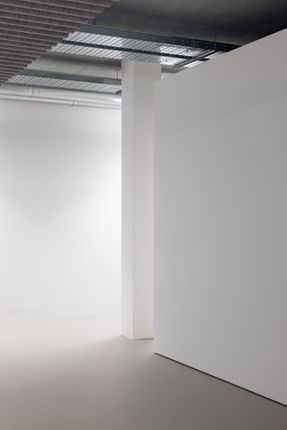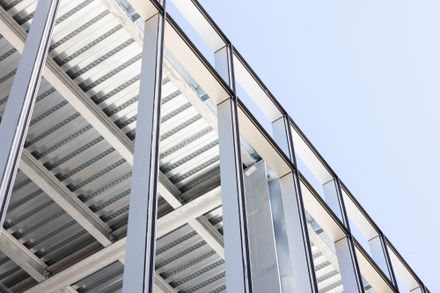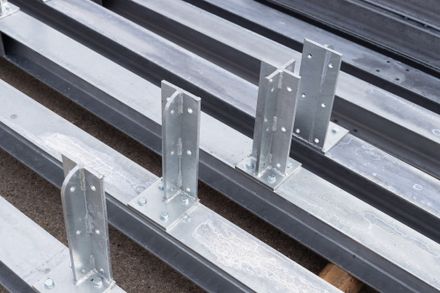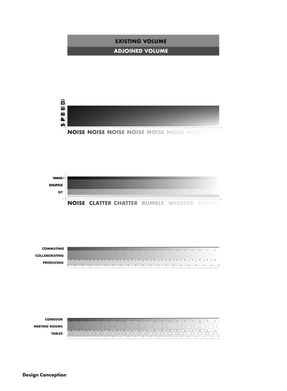Office Building In Italy
ARCHITECTS
Studio Alvise Stramare
ELT AND DATA INFRASTRUCTURE
Barzon E Dainese Srl
LOCAL ARCHITECTS
Arch. Gianluigi Beato, Arch. Giuliano Pasuto
VENTILATION , HVAC
Tecnopiù Srl
METAL CONSTRUCTION AND FACADE
Cracco Srl
GENERAL CONTRACTOR
Bilato Costruzioni Srl
PHOTOGRAPHS
Federico Farinatti, Studio Alvise Stramare
AREA
2700 m²
YEAR
2022
LOCATION
Mestrino, Italy
CATEGORY
Office Buildings
Text description provided by architect.
Introduction and Challenges. Our latest office project in Italy was a demanding assignment for which we had only a year and a half to plan and build.
It is a unique project consisting of renovating a 60's building and adjoining a new extension to wrap the original volume.
Rather than opting for a completely new construction, we agreed with the client to reuse and extend their former office to achieve the sustainability targets that we agreed upon.
One of the main challenges of this project was to seamlessly blend the two structures, existing and new, and convert them into one unique, cohesive entity.
The first step to achieve this was defining the precise geometry determined by the difference between the maximum allowed volume by the zoning code and the old building shape.
Design Strategies. The project started with the names of the people working in the building, analyzing their habits and abstracting some principles to define a methodology that could become impartial and absolute.
From the get-go, we worked closely with the client's HR team to determine the workstreams and interactions between each employee. We realize immediately that the workforce of an office has become neutral.
We are far from the "People of the Twentieth Century" of August Sander. Everything is neutral, and almost every job within an office space can be executed in comparable and neutral environments. There is no characterization anymore.
We then took this as a chance to go deeper and understand the needs of the person, not the ones of the worker.
We wanted to create a workspace that reacts to our needs as individuals, needs to connect, to isolate, to find that variety that corporate jobs are often not offering anymore.
We came up with the idea of not explicitly defining the areas occupied by the different departments:
we proposed using the 98-meter-long building as a gradient from the quietest to the most rumorous tasks on the x-axis and from the slowest to the fastest movements on the y-axis.
We wanted to find a new way of using expansive workplaces, somewhere between the unconditional open space layout typically adopted by some American corporations and the more classical box-adjoining strategy used until the end of the past century.
Execution. We divided construction into two phases to minimize workers' disruption and allow the client to keep the usual workstream.
We started by reinforcing the existing structure while building the new metal skeleton before the existing facade, tackling construction from opposite sides.
We then met at the center, where new and old were touching each other, and we dismantled the existing facade in a controlled and precise way.
This was necessary because of the schedule: by building immediately in June and demolishing afterward, we managed to have a covered and partially heated space during the whole winter, allowing construction to proceed seamlessly.
To further minimize the construction time despite challenges like the shortage of construction materials, we analyzed sourcing options, material availability, and ease of fabrication.
All construction elements used in the project are sourced within a 50 km radius of the construction site due to a well-developed metal carpentry industry in the area, and we agreed with the client that we could have the raw elements directly adapted and welded on-site at the client's workshop.
This has been a great chance to speed up the execution times and partially postpone some of the planning, thanks to the manufacturing flexibility, while at the same time involving the client's workforce directly in the project.
Sustainability has played a significant role in the conception of the whole project, not only from a purely environmental standpoint, which resulted in an extensive use of recycled materials but also from a human perspective, with the direct involvement of the future users of the project during the different stages of the planning and construction.
Result. The building acts like a geography of volumes and objects placed in a precise-looking configuration, allowing for many solutions and layouts that can be adapted and modified over time.
Spaces vary from communal tables to computer-less areas focused on brainstorming, different-sized meeting rooms designed for video calls, and more traditional 4-seat table configurations.
Strong emphasis was put on employees' will to choose their work style based on their daily necessities. The building is designed, thought, and executed inside/out: the facade is a non-facade.
It is intended to be perceived and experienced from the inside; you can only look into the building in the evening when the light goes down and the offices are empty, giving you a hint of what the atmosphere during the day is for those using the space.
But during the day, it is a shield protecting the precious inside from the outside world.




